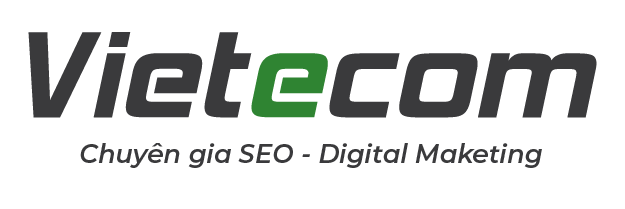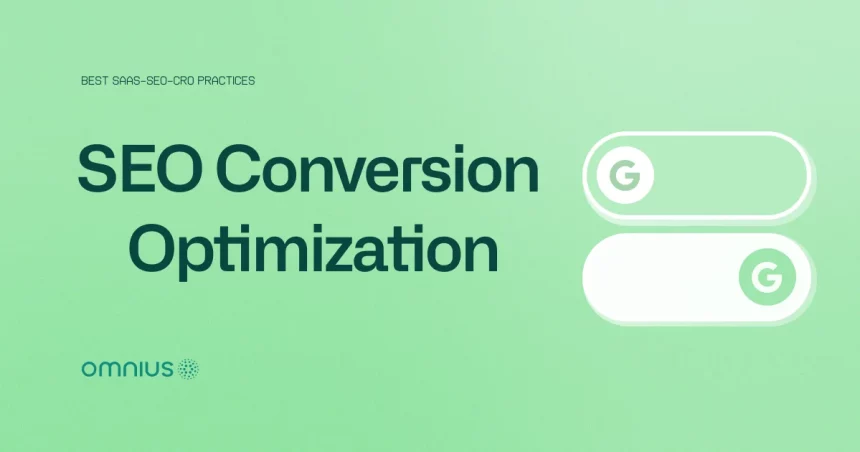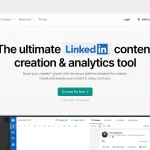Did you know that SaaS industry revenue is expected to exceed $232.3 billion in 2024?
To earn your fair share as a SaaS company, you must use various strategies to increase visibility and drive website traffic.
This article will reveal SaaS SEO best practices that your organization can adopt to optimize conversions.
Let’s begin!
The Benefits of SEO for SaaS Businesses
SaaS companies rely extensively on their websites to promote their products, features, benefits, pricing, and testimonials.
A great SEO strategy can benefit you in a variety of ways beyond improving your organic results:
- Scale Your Growth – By focusing on evergreen content development, you may achieve exponential growth that will benefit your business for many years to come.
- Reduce Cost Per Action (CPA) – Paid media’s CPA rises over time due to audience saturation. SEO maintains consistent costs per click, leading to decreasing CPA.
- Bring Customers From Other Channels – Repurpose SaaS SEO content for social media and email to engage and convert consumers across channels efficiently.
SaaS Conversion Rate Optimization Best Practices in 2024
1. Identify High-Intent Keywords
Keyword research is crucial for understanding your audience. Without it, your SEO strategy is likely to fail.
It contributes to the messaging for blogs, landing pages, ad text, and other types of content, allowing you to reach your intended audience.
A SaaS company’s SEO approach can be greatly enhanced by conducting systematic keyword research to identify high-intent keywords.
Here’s how to go about it:
- Understand Search Intent – Recognize that various content types can fulfill identical search intents, like “how to check backlinks,” which can lead to a blog post for a relevant tool.
- Categorize Keywords – Keywords are classified into four main types: informational, navigational, commercial, and transactional, which indicate search intent.
- Analyze Potential Keywords – Utilize tools like Ahrefs’ Keywords Explorer to analyze keywords, assessing factors like difficulty and search volume. Prioritize top opportunities and employ keyword clustering for similar terms.
- Save Relevant Keywords – Save relevant keywords from research to aid future website content planning.
- Elevate High-Intent Keywords – Give priority to keywords indicating strong user intent, particularly those signaling a readiness to purchase.
Pro Tip: Identify question-related keywords where you can offer your tool as a solution to your audience’s challenges.
Let’s say you have a tool like Pitch(a tool for creating beautiful pitch presentations), for example.
Writing an article targeting the keyword “How to craft an engaging pitch,” and after providing value, showing how it’s done with your tool through a product-led content approach can help natively present its benefits and attract more leads.
2. Create Topic Clusters Around the Pain Points
The topic cluster technique helps you organize keywords and topics around key subjects and associated subtopics, resulting in improved authority, search engine rankings, and user experience.
A typical topic cluster model looks like this:
- Pillar Page – A web page that serves as a content hub on a broad topic, typically based on 1-2 broad keyword matches, and includes internal links to supporting information.
- Cluster Pages – Relevant subtopics on different websites, connected within a larger pillar page.
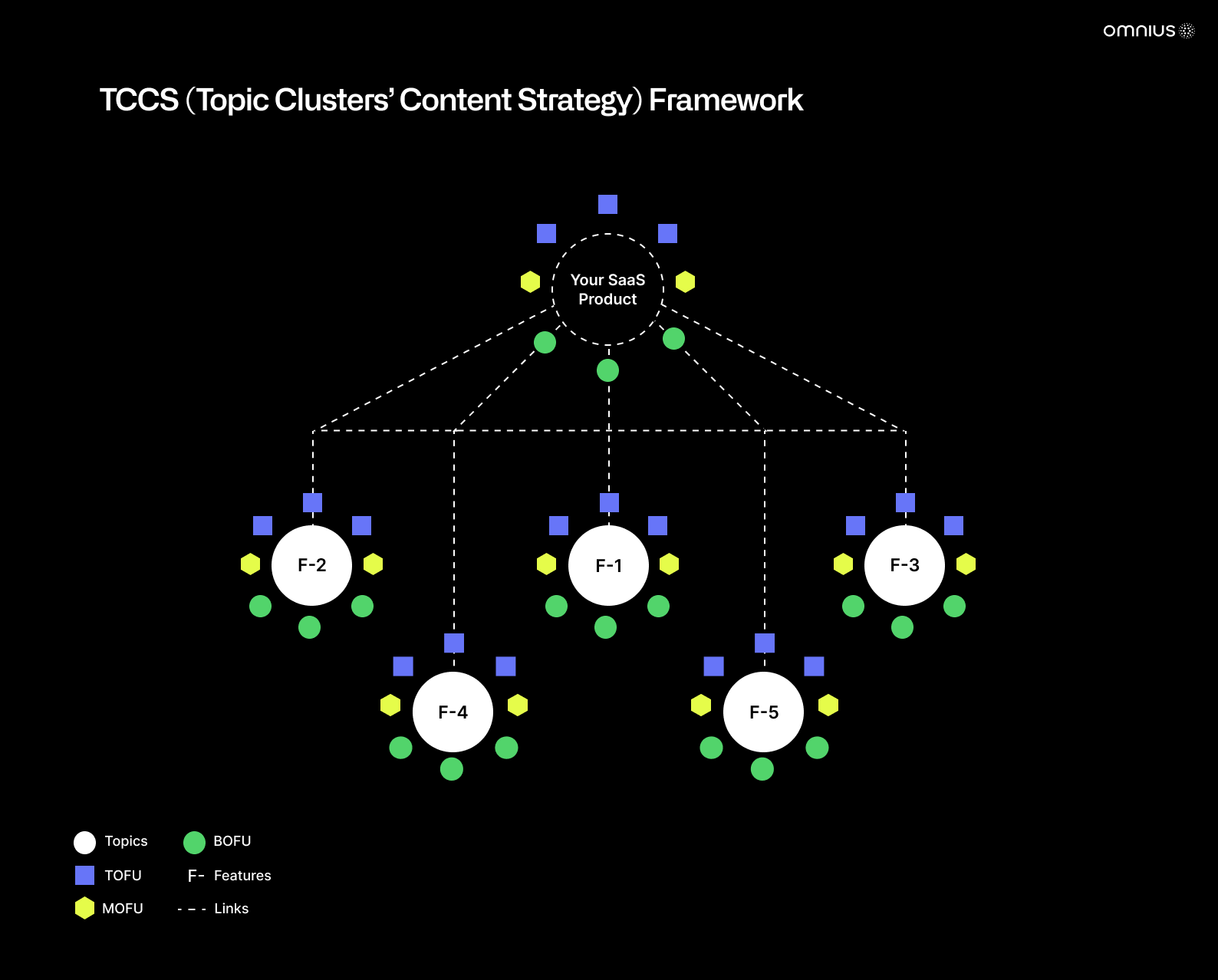
Follow these steps to establish content clusters on your blog or website:
- Audit Your Existing Content – Review your current content, organize it into groups in a spreadsheet, and update regularly.
- Identify Topics and Subtopics – Whether through a content audit or analysis gap report, identify patterns and themes when grouping keywords.
- Organize Subtopics by Intent – Check competitor articles in SERPs for subtopic keywords. Engage the audience directly via polls, emails, and social media to understand their needs.
- Conduct Keyword Research – Type your pillar topic into the search bar, and the predictive search will provide a list of the most popular subtopics for that term.
- Create Hyperlink Connections – Choose anchor text thoughtfully for hyperlinks. They provide signals for users and search engines, guiding them within the website.
- Check Other SEO Factors – Follow SEO best practices: use headings, and lists for readability, simple language, and share content on relevant channels.
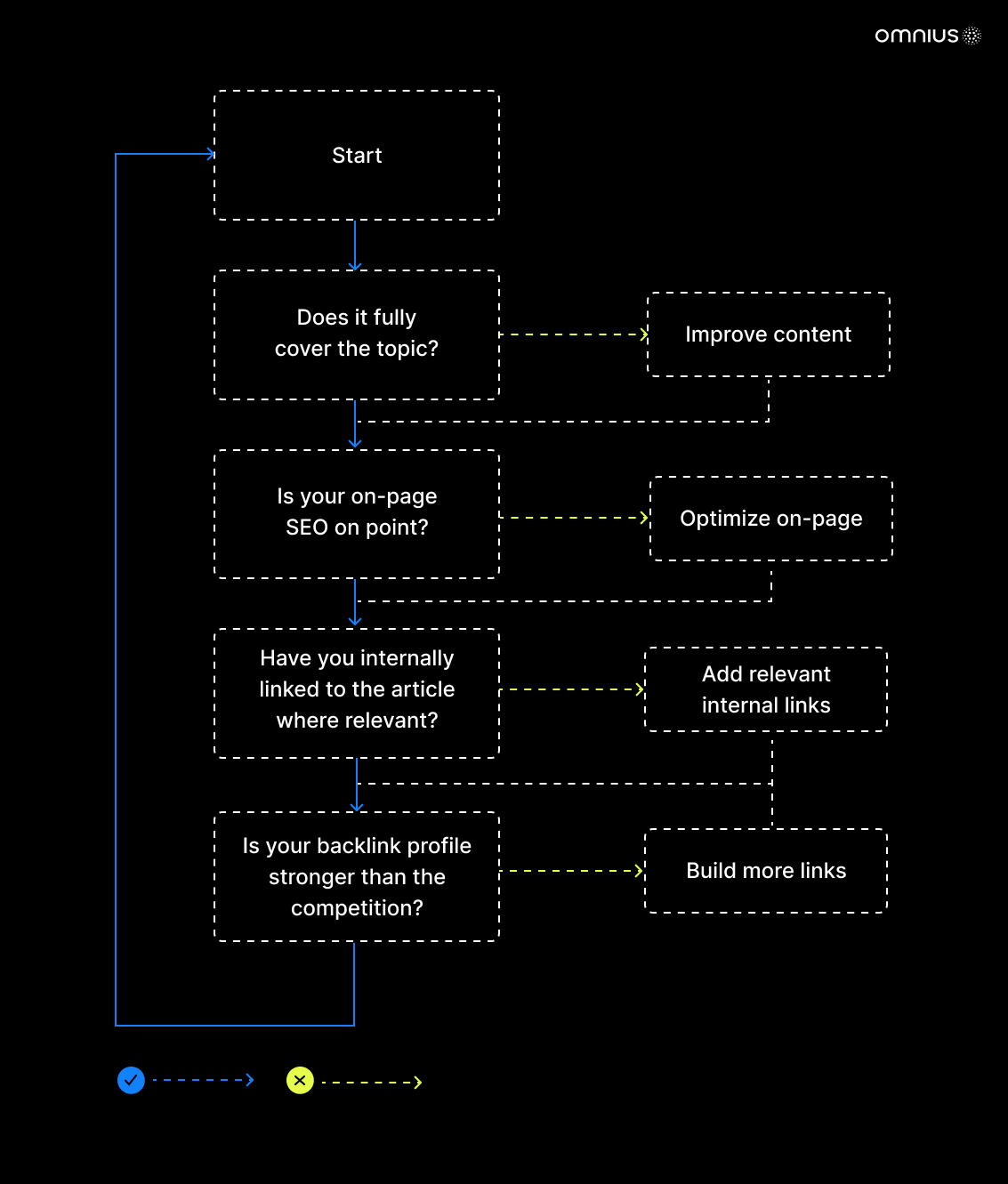
3. Optimize Your Website for Mobile
Mobile-optimized sites enhance user experience, boost engagement, and reduce bounce rates, leading to higher conversions.
Ensure to follow these practices to guarantee that your website is mobile-friendly:
- Responsive Design – It adapts the website layout to various device screens for optimal viewing experience.
- Fast Loading – Fast page load speed enhances user experience and conversions. Optimize images, choose fast hosting, and limit plugins/scripts.
- Easy Navigation – Your website should be simple to use, with clear and succinct menu options and a layout that is suitable for smaller displays.
- Optimized content – Use clear and compelling CTAs, optimize content for mobile readability: use clear, concise text, and avoid small text or hard-to-see images.
4. Monitor Your Competitors to Find Gaps
Competitive research reveals competitor strengths, weaknesses, and areas for you to outrank them.
Identify gaps, discover money keywords your competitors rank for conversions, and craft superior content to outperform them.
Develop a plan to address these gaps and boost conversions.
These six steps will guide you through a successful SaaS SEO competitive analysis:
- Identify SaaS Competitors – Enter niche keywords to find competitors in top SERPs. Get insights on customer tools and search for competitor features and use cases.
- Analyze Competitors’ Keywords – Use keyword research tools to generate and refine keyword lists according to search volume, ranking, and difficulty score.
- Audit Their Backlink Profile and Content – Identify sites linking to your competitors but not to you. Reach out to these sites to potentially secure mentions.
- Study Their UX – Study competitor UX for insights to enhance your site’s navigation and structure. Check G2 and Capterra for competitor reviews and UX gaps.
- Adapt Your Strategy – Adjust your keyword strategy, followed by your content strategy. Allow time to review post-adjustment performance and determine which changes yielded results.
Pro Tip: Perform content gap analysis for more competitors at once and list all the keywords you can target to outrank them.
5. Utilize High-Converting Landing Pages
A landing page is a focused web page crafted for a specific marketing goal, prompting visitors to take a desired action, such as purchasing a service or subscribing to a newsletter.
Key components of an effective landing page should include:
- Headline – An excellent landing page headline succinctly encapsulates the offer and addresses the query: “What do visitors gain upon conversion?”
- Copy – Landing page text should convey offer value, with bullet points for clarity, brevity, and impact.
- Keywords – Similar to all other inbound marketing content, utilizing keywords in the page title, headers, and body text of a landing page is essential for SEO.
- Hidden Navigation – A landing page with hidden top/side navigation bars minimizes distractions, reduces friction, lowers bounce rates, and boosts visitor retention and conversion rates.
- Lead-Capture/Conversion Form – Critical to any landing page, the lead-capture form converts visitors into valuable sales leads by exchanging their information for the offer.
- Images – Relevant images on landing pages increase the visual attractiveness of the website and provide visitors with a concrete concept of what to expect.
Note: It’s better to produce more landing pages, and the easiest way is through no-code apps and tools like Webflow that offer templates for a simplified design process.
The landing pages of interest include:
- Demo Pages
- Free Tool Pages
- Lead Generation Pages
- Alternative Pages
- Feature Pages
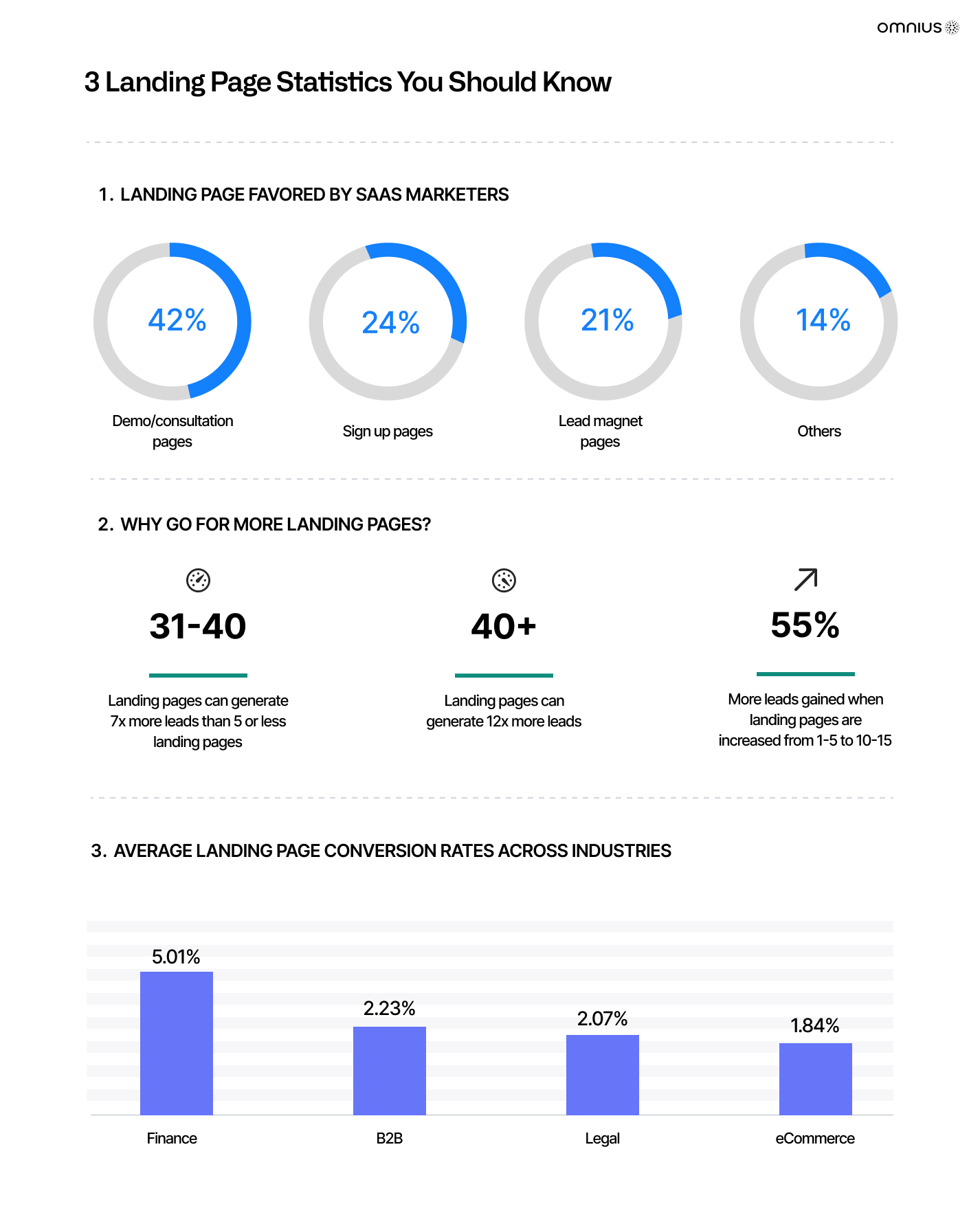
6. Build Internal Links for Better UX
Quality links boost user trust, potentially increasing conversions and engagement on your site.
Follow these practices to improve the internal connectivity of your SaaS website:
- Use Descriptive Anchor Text – Avoid using ambiguous terms like “click here.” Instead, use keywords to summarize the page’s focus.
- Link to Relevant Pages – Provide internal connections to pages relevant to the context. This improves the user experience.
- Establish a Link Hierarchy – It is a good SEO practice to link to your most important pages, such as product or pricing, to convey authority.
- Utilize Your Blog for Internal Linking – Keep your site up to date. Link to related blog articles within posts or from relevant pages on your website.
- Diversify Anchor Text – Do not overoptimize with the same anchor text. It is preferable to vary terminology for natural connecting.
- Remove Irrelevant Pages – Remove or update obsolete, irrelevant pages to avoid sending poor-quality signals.
- Optimize – As your site grows, evaluate internal links to ensure relevancy and optimize flow for better SEO.
Pro Tip: When launching new content, ensure it has internal links, and repurpose old ones to include links leading to the new content for improved ranking.
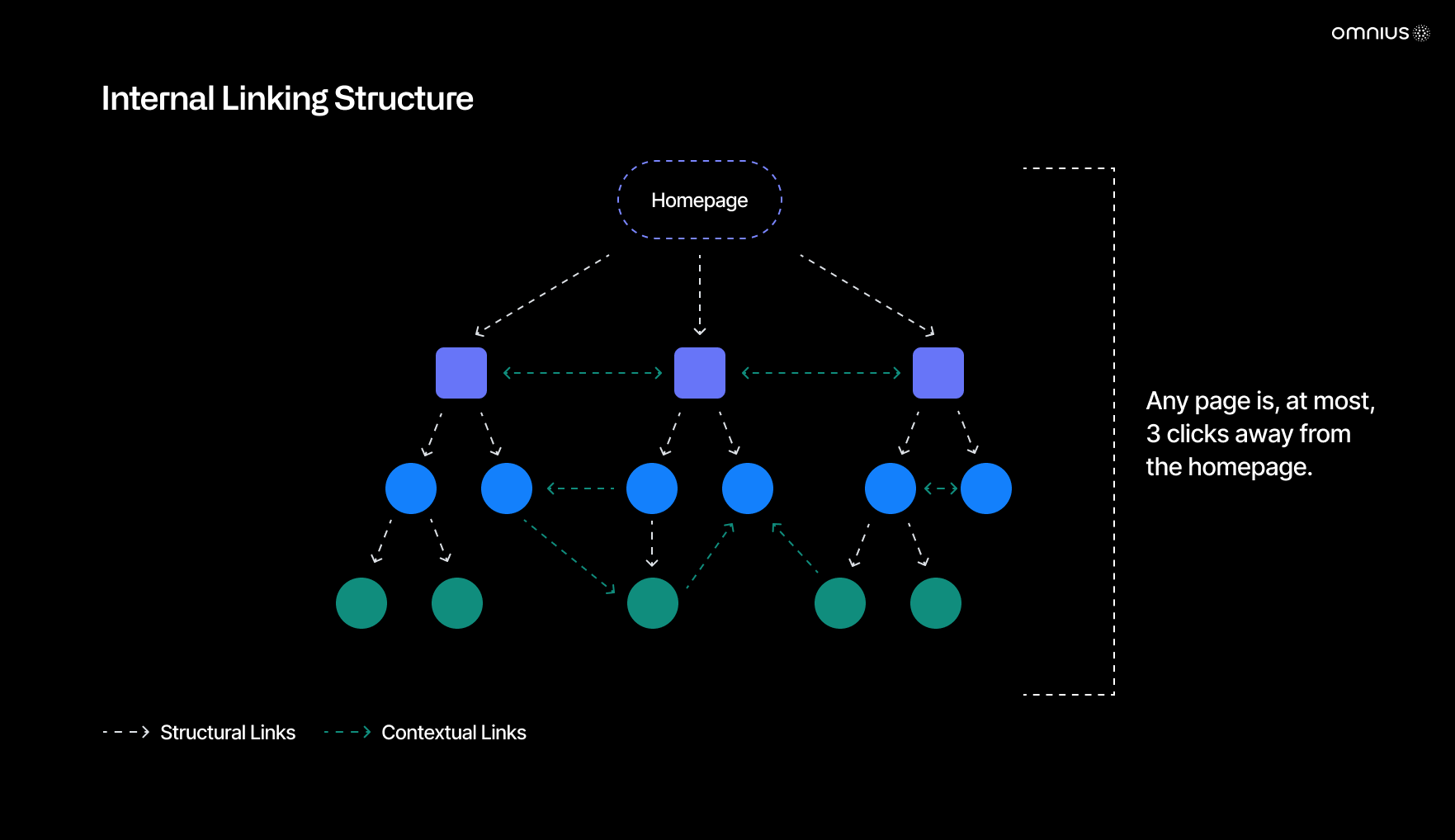
7. Pay Attention to Technical SEO
Technical SEO focuses on how search engines find, crawl, and index your SaaS website. Optimizing these technological features increases user experience, organic rankings, and traffic.
Here’s what you should do:
- Improve Site Speed – Quick page load times boost conversions and search rankings. Speed up by compressing images, optimizing code, and implementing caching.
- Optimize Site Architecture – Optimize site architecture with a straightforward Information Architecture (IA), organized hierarchies, and avoid deep nesting or broken links for improved crawlability.
- Fix Crawl Errors – Detect and eliminate crawl issues with tools such as Google Search Console. Common difficulties include bots being blocked via robots.txt.
- Create XML Sitemaps – XML sitemaps make pages easier for search engines to find. Create and submit sitemaps to the Search Console.
- Use Structured Data – Adding schema markup improves the way your sites appear in SERPs. Implement structured data, such as the FAQ schema.
- Include Canonical Tags – They are used in SEO to help search engines index the right URL while avoiding duplicate content.
- Implement Hreflang Tags – They help you optimize site pages for users’ location and language, providing higher search engine rankings and improved user experience.
Note: Consider a website crawler like Screaming Frog SEO Spider that helps you improve onsite SEO by auditing for common SEO issues.
8. Craft Content Mindful of E-E-A-T
E-E-A-T is Google’s quality criteria for evaluating the credibility and relevance of web pages and websites.
Here’s what it stands for and how it applies to the quality of your blog posts:
- Experience – Google values content more when authors show firsthand experience and a deep understanding of the topics, improving overall quality.
- Expertise – Google prioritizes material published by professionals in their fields. This signifies that the author has extensive knowledge and experience in the subject field.
- Authoritativeness – Google considers expertise and the author’s reputation, gauged by references from authoritative sources in their field.
- Trust – Trust relies on credibility. Google prioritizes providing reliable information, so content must be accurate, and transparent and cite trustworthy sources.
Now let’s see how this applies to your blog posts:
- Choose the Right Topics – You should write about familiar topics, showcasing expertise through personal experiences and thorough research to build trust with readers.
- Do Deep Research – Use reputable sources like academic journals and expert interviews. Validate information credibility through fact-checking from multiple sources.
- Write Concisely – Use simplified language, short words, and bullet points wherever necessary. The idea is to make complicated topics understandable to your audience.
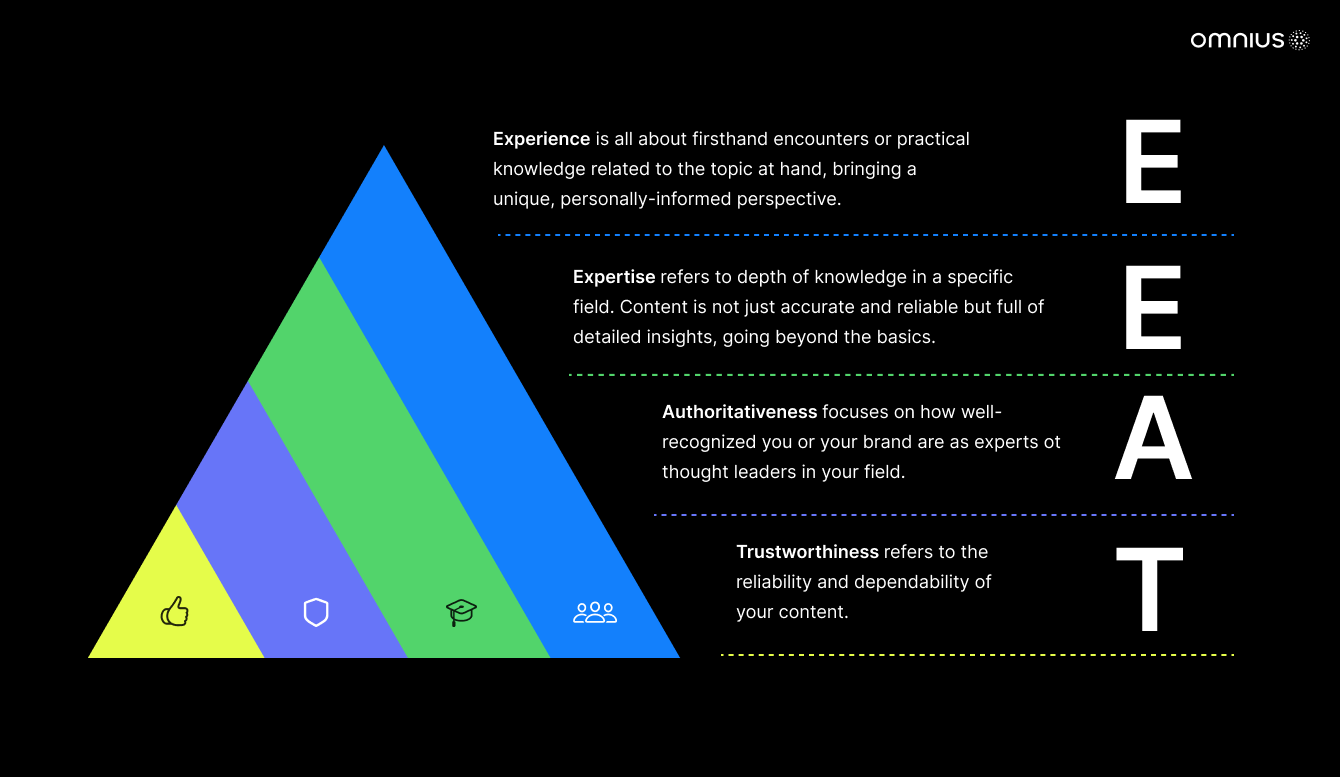
Following these criteria can help you become a credible source of knowledge and attract loyal readers who value your expertise.
Let’s Sum It Up
The process of optimizing conversion rates is continuous and dynamic.
This is why SaaS SEO best practices can help you improve user experience, data analysis, and overall strategy to improve your conversion rate.
But it needs some experimenting if you’re doing it the first time.
Or you can let Omnius team handle it for you, so you don’t have to bang your head against the wall.
Schedule a free 30-minute consultation to learn how we can help you improve your conversions through sustainable SEO strategy!
Nguồn: omnius.so
